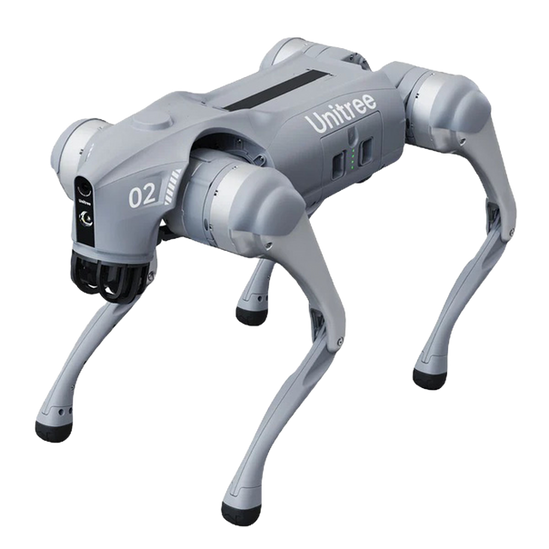Natural Language Processing (NLP)
A field of AI that focuses on enabling machines to understand and interpret human language, useful in voice-controlled robots.
Natural Language Processing (NLP) is a fascinating intersection of artificial intelligence and linguistics, where technology meets human communication. As our reliance on machines grows, understanding how these systems interpret and respond to our language becomes increasingly significant. Terms like NLP help illuminate how computers can simulate human-like understanding, essential for designing intuitive and responsive technologies.
What is Natural Language Processing (NLP)?
Natural Language Processing (NLP) is a field of AI that focuses on enabling machines to understand and interpret human language, useful in voice-controlled robots. Essentially, NLP empowers computers to process and analyze vast amounts of natural language data, enabling them to comprehend context, sentiment, and intent behind the words humans use. This capability not only facilitates efficient human-computer interactions but also opens doors to applications ranging from text analysis to automated language translation.
Key Concepts:
Tokenization: The process of breaking down text into smaller components or 'tokens,' such as words or phrases, to analyze them.
Sentiment Analysis: A technique that identifies and categorizes emotions expressed in text, determining whether the sentiment is positive, negative, or neutral.
Syntax and Grammar: Understanding the rules governing sentence structure, allowing machines to grasp relationships between words and their function within a sentence.
Named Entity Recognition (NER): The identification and categorization of key information in a text, such as names, dates, and locations.
Machine Translation: The automated process of converting text from one language to another, exemplified by tools like Google Translate.
Applications and Relevance:
Voice Assistants: Devices like Siri and Alexa use NLP to understand and respond to user queries, streamlining everyday tasks.
Chatbots: Automated conversational agents employ NLP to provide customer support, answer questions, and handle basic inquiries effectively.
Content Recommendation: NLP algorithms analyze user preferences to suggest articles, products, or media tailored to specific interests.
Social Media Monitoring: Businesses utilize NLP to gauge public sentiment around their brand, analyzing tweets and comments for feedback.
Text Summarization: Automated tools can generate concise summaries of lengthy documents, facilitating easier comprehension of information.
Challenges and Considerations:
Ambiguity: Human language is often ambiguous, making it difficult for machines to interpret meaning without sufficient context.
Cultural Nuances: Different cultures influence language usage, which can complicate the NLP processes in global applications.
Data Privacy: The handling of sensitive text data raises ethical concerns about privacy and consent, necessitating responsible data management.
Resource Intensive: Building robust NLP models requires significant computational resources and large datasets to train effectively.
Future Trends and Innovations:
Advancements in Deep Learning: New approaches in deep learning are enhancing NLP capabilities, improving accuracy in language understanding and generation.
Multimodal AI: Integration of NLP with other AI modalities (like vision and audio) will lead to richer, more nuanced interactions with machines.
Personalized Experience: NLP systems are expected to evolve, providing more tailored and contextually relevant interactions based on user behavior and preferences.
Low-Resource Languages: Efforts are underway to develop NLP tools for languages with limited digital presence, broadening accessibility and usability.
Natural Language Processing (NLP) stands at the forefront of AI advancements, profoundly shaping how we interact with technology. Its implications are vast, from enhancing user experience across platforms to enabling sophisticated analyses of human communication. As we continue to refine NLP technologies, we pave the way for deeper understanding and innovation, bridging the gap between human expression and machine comprehension.














